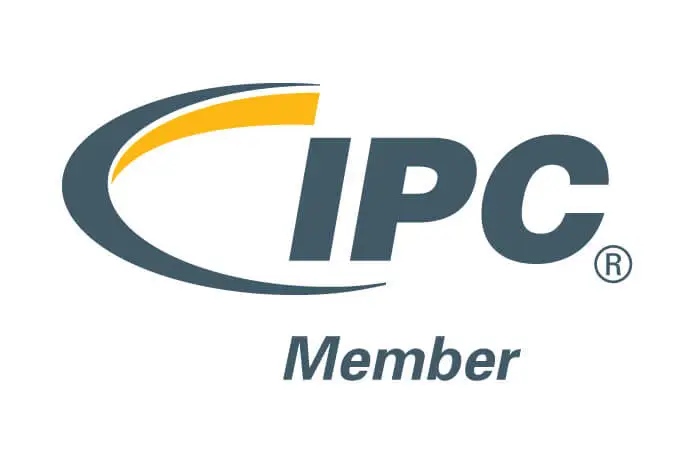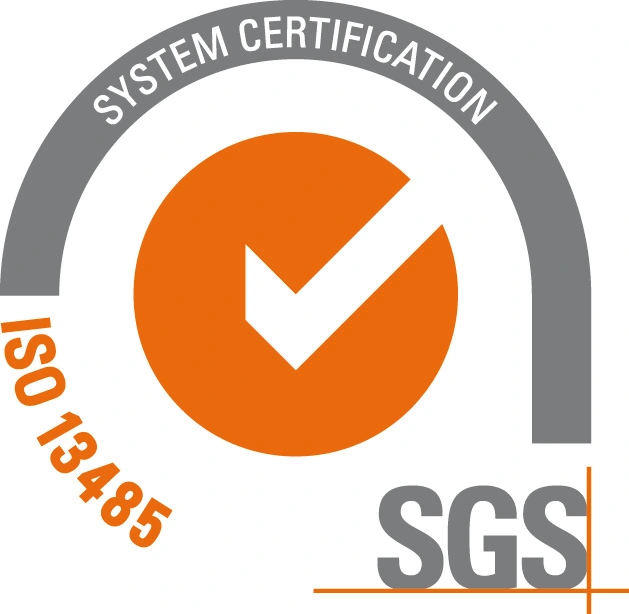TURN-KEY PCB ASSEMBLY: BITTELE ELECTRONICS
PCB MANUFACTURING AND ASSEMBLY
Full Turn-Key PCB Manufacturer
You can quickly get quotes and order PCB fabrication and assembly using our online system. Take advantage of exclusive automatic discounts with our tool. Our BOM pricing tool ensures you receive the lowest price for your order.
START A TURN-KEY PCB ORDER
Causes of Component Placement Misalignment on PCB Assembly
In the electronics manufacturing industry, the quality of component placement on Printed Circuit Boards (PCBs) directly impacts product performance and reliability. However, component misalignment during placement remains a frequent challenge, often disrupting production processes and affecting yield.
Signs and Risks of Placement Misalignment
As outlined in Electronic Assembly Technology and Processes, component misalignment refers to deviations between the actual placement position of components on the PCB and their intended design coordinates. This may involve horizontal displacement along the X or Y axis, or angular misalignment.
Though seemingly minor, such deviations can have serious consequences such as
- Electrical connectivity issues, leading to poor signal transmission and degraded circuit performance.
- Soldering defects during reflow, such as short circuits (bridging), open circuits or cold joints, which reduce product reliability and compromise product lifespan.
Primary Causes of Placement Misalignment
1. Equipment-Related Factors
As explained in SMT Equipment and Processes, the pick-and-place machine is very important in placement accuracy in SMT process. Any mechanical or calibration issue can result in misalignment. Nozzle wear or insufficient vacuum can lead to poor component pick-up, causing misalignment during transfer. Inaccurate head movement including poor positioning, repeatability or offset also affect alignment. While unstable conveyor systems such as loose belts or inconsistent speed can cause board vibration or misalignment during placement.
2. Material-Related Factors
Component dimensional tolerances and shape irregularities can affect placement accuracy. Issues includes pin pitch or body size deviations and bent or deformed leads. Warped boards, pad size inconsistencies, surface contamination, or oxidation, all of which hinder precise alignment with the pads.
3. Process-Related Factors
As emphasized in SMT Production Processes and Management, improper process parameter settings are a common cause of misalignment. Incorrect placement pressure may damage components or deform pads, or too low may result in weak bonding and go off-center. While excessive placement speed can reduce the machine’s ability to finetune positioning especially with small or fine-pitch parts. Additionally, programming data errors such as incorrect X-Y coordinates position or rotation angles directly lead to misalignment.
4. Environmental Factors
Environmental conditions such as temperature, humidity, and cleanliness also play a role for component misalignment. Temperature fluctuations may cause thermal expansion or contraction of PCBs and components affecting dimensional stability and component alignment. High humidity can lead to moisture absorption in PCBs and components, reducing electrical performance and solderability. Dust or foreign particles on PCB surface or components also can obstruct proper placement, causing misalignment.
Recommended Solutions
1. Routine Equipment Maintenance and Calibration
Regularly inspect and replace worn nozzles, verify vacuum degree levels meet the requirements, and calibrate placement heads for both absolute and repeatable accuracy. Check and maintain the conveyor system to ensure that the conveyor belt has proper tensioned and runs smoothly.
2. Tight Material Control
Implement strict incoming inspection standards for components and PCBs including dimensional tolerances, surface finish, pad sizes and warpage and reject any nonconforming materials. Store materials in controlled environments to prevent oxidation and contamination.
3. Process Optimization
Tailor placement parameters including mounting pressure, speed, and height based on component type and PCB layout to ensure that the components can be accurately and firmly mounted on the PCB board. During programming process, X/Y coordinates, angles and other information of the components should carefully check to ensure precision of the programming data. Use oƯline programming tools to simulate mounting to detect potential issues in advance.
4. Environmental Control
Establish a working environment that meets the requirements of SMT production, control the temperature between 22 – 28C and the humidity between 40% - 60%. Install air filtration equipment to maintain the cleanliness of the production environment and reduce the dust and foreign matter. Clean and maintain the production area regularly to ensure that the equipment and work surfaces are dust-free.
Conclusion
The component placement misalignment on PCB is a comprehensive problem involving equipment, materials, processes, and production environment. To solve this problem, we need to start from all aspects, strengthen equipment maintenance and calibration, strictly material quality control, optimize process parameters, and a clean and controlled production environment. Only through comprehensive management can placement accuracy be improved, ensuring the product quality and reliability of electronic products.
If you need any help, Bittele Electronics is happy to be of assistance in any way we can. You can Contact Us for advice any time at sales@7pcb.com, or toll-free at 1-416-800-7540.
Related Articles:
Please briefly describe the information you are seeking in the search bar below.






 English
English